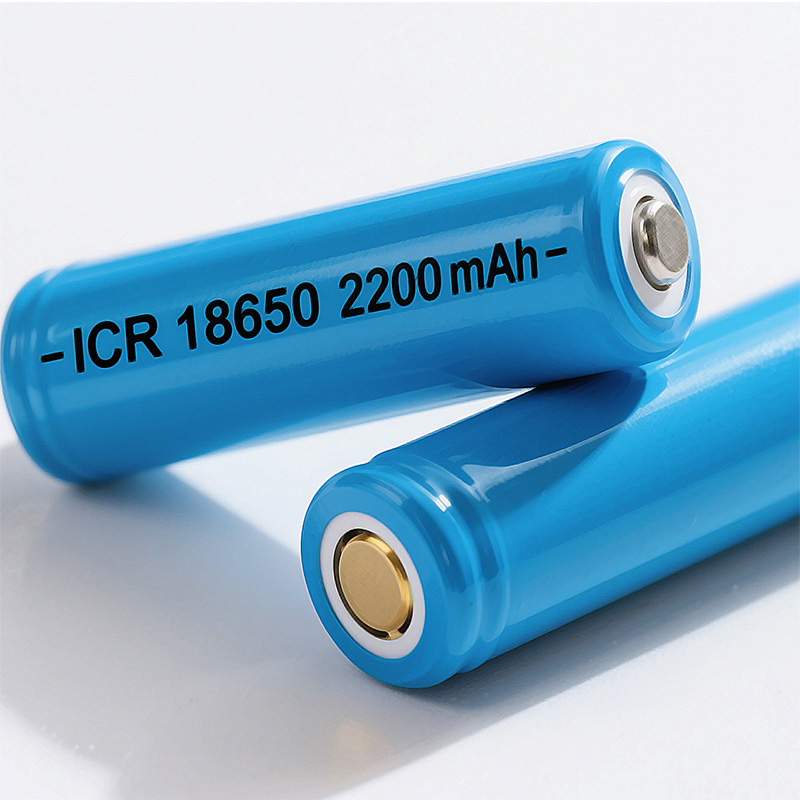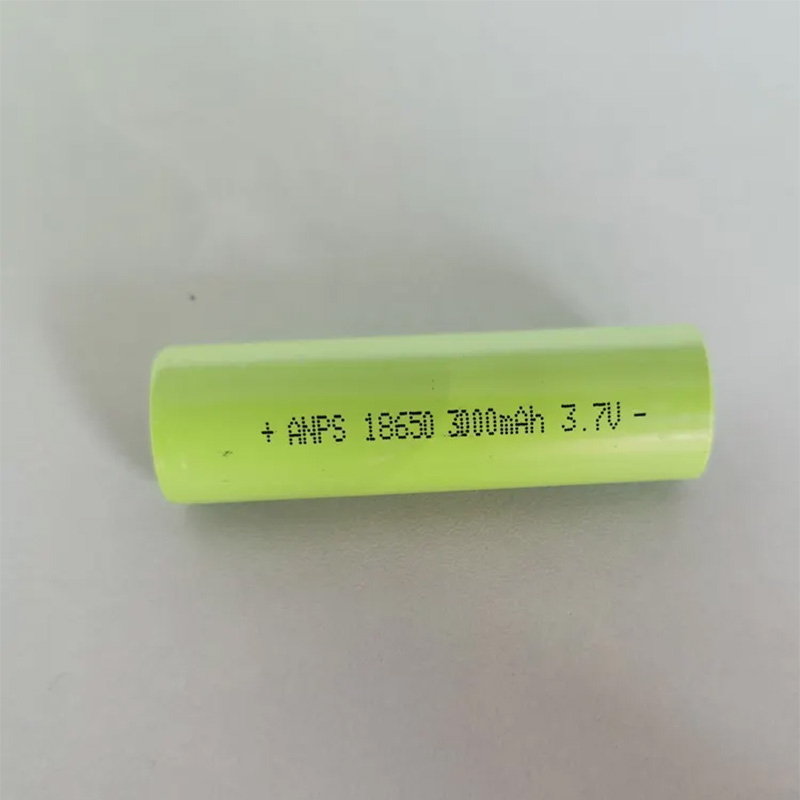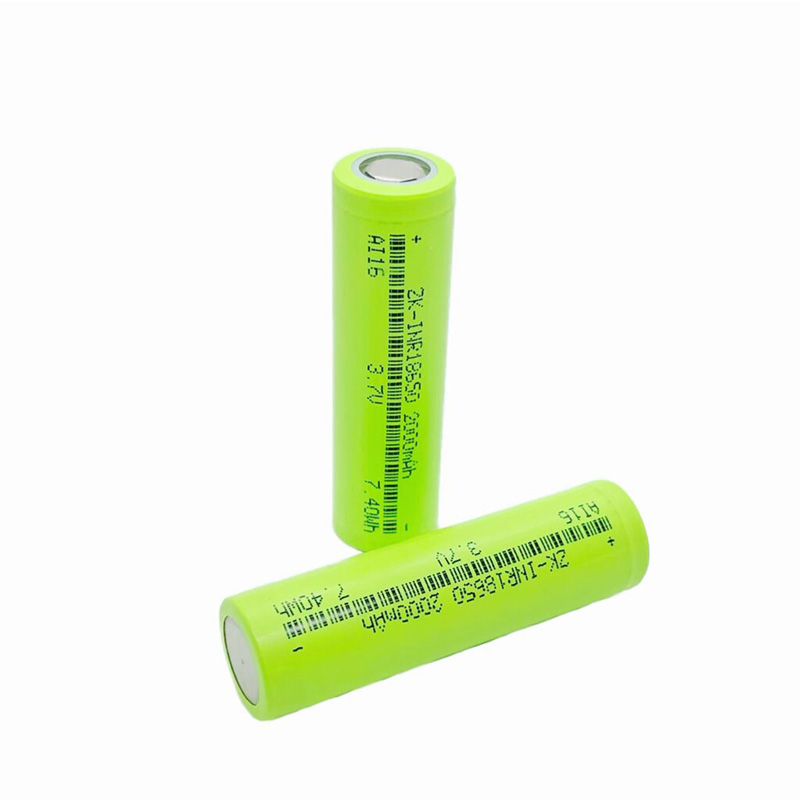Blog
Explore the Power of Lithium Innovation
Stay updated with the latest trends, technologies, and application insights in the world of lithium battery solutions
Search the whole station
Explore the Power of Lithium Innovation
Stay updated with the latest trends, technologies, and application insights in the world of lithium battery solutions
A 1.5V lithium battery is a rechargeable lithium-ion battery that maintains a constant voltage of 1.5V throughout its entire discharge cycle without any drop. Internally, it uses a 3.6V lithium-ion cell, and through built-in circuitry, it regulates the output voltage to achieve 1.5V. This design provides strong power capabilities, making it ideal for devices that demand high current and voltage.
1.5V lithium batteries also support fast charging. For example, a single AA battery with a capacity of 3300mWh can fully charge in about 2 hours, whereas traditional nickel-metal hydride (NiMH) batteries may take around 10 hours.
Note: No. 5 batteries generally exceed 1600mAh, while No. 7 batteries usually do not exceed 900mAh.
It depends on the device. Devices with higher voltage requirements may not operate efficiently with 1.2V batteries. The key difference is that 1.2V batteries are rechargeable, while 1.5V batteries can be either rechargeable or disposable, depending on the type.
Modern devices require reliable, rechargeable power sources. Disposable batteries are becoming less popular as many devices rely on electricity, making rechargeable lithium-ion batteries more practical and cost-effective.
Compared to NiMH batteries:
Before lithium-ion batteries, disposable alkaline batteries powered 1.5V devices. Lithium-ion batteries quickly replaced them due to rechargeability, eliminating the need for repeated battery replacements.
Environmental benefits:
1.5V lithium-ion batteries are widely used in daily life, powering:
As the world shifts toward green energy from fossil fuels, 1.5V lithium-ion batteries will play an increasingly critical role. They are rechargeable up to 500–1000 times, which is roughly equivalent to 1000 disposable batteries, making them both economical and environmentally friendly.
Ongoing research is improving the performance of 1.5V lithium batteries through new chemistries and designs, including:
These advancements allow 1.5V lithium-ion batteries to integrate with solar photovoltaics and other renewable energy technologies, further supporting sustainable energy solutions.

Wholesale ICR 18650 2200mAh 3.7V lithium batteries with optional customized packs. Supports external wiring and various wire leads to meet your project-specific needs.

18650 3.7V 1500mAh lithium-ion rechargeable batteries from China, ideal for flashlights, power banks, electric tools, and more. High capacity, long cycle life, full safety features, and customizable OEM/ODM services. Fast global shipping available.

Top-quality 18650 3.7V 3000mAh lithium-ion batteries ideal for electric scooters, power tools, cameras, and more. Long cycle life, stable performance, and customizable options. Fast shipping worldwide. OEM & ODM services available.

High-quality 18650 3.7V 2300mAh lithium ion batteries perfect for flashlights, vape mods, electric scooters, and power banks. Long cycle life, built-in safety features, and flexible OEM/ODM customization available. Fast shipping and competitive pricing for wholesale buyers.

Buy high-quality 18650 3.7V 3300mAh rechargeable lithium-ion batteries ideal for smartphones, tablets, power banks, and electronic devices. Durable, safe, and customizable with built-in protections. OEM & ODM services available. Fast shipping for wholesale orders.

China-made 18650 2000mAh 3.7V lithium-ion batteries, perfect for laptops, power tools, and electric vehicles. Reliable, safe, rechargeable with customization options. Wholesale pricing and fast delivery.

Buy high-quality 18650 3.7V 3000mAh lithium-ion rechargeable batteries for household devices, e-bikes, power tools, and more. Durable, long-lasting, and certified for safety. Customizable options. Perfect for wholesale and OEM orders.

2.4V 18650 lithium battery offers 2200mAh capacity, perfect for cameras and photography gear. Durable, safe, and rechargeable, it’s built to last. Customize voltage, capacity, wire length, connectors, and branding to fit your needs. Ideal for outdoor shoots and daily use. Contact us for wholesale and OEM deals.
Master the essentials of drone batteries! Learn about battery types, connectors, key specs, and proper storage to maximize performance, extend lifespan, and ensure safe, reliable drone flights.
View detailsDiscover how to choose, build, and maintain your 18650 e-bike battery pack. Practical tips, common mistakes, and hands-on advice for better e-bike performance.
View detailsDiscover reliable 12V 18650 lithium battery packs for solar systems, street lights, and portable devices. Explore Apsenx battery 4S1P solar battery pack, 3S1P 2600mAh 12V pack, and durable solar street light battery solutions designed for long-lif...
View detailsA comprehensive guide to 12V 18650 battery packs, covering assembly processes, BMS configuration, maintenance, and application scenarios for outdoor energy storage, smart home devices, e-bikes, and industrial equipment.
View details
HelloPlease log in